The 5GHz band which is the newer of the two has the potential to cut through network clutter and interference to maximize network performance. The other is Frequency Range 2 FR2 that includes frequency bands from 2425 GHz to 526 GHz.
 Gsma 5g Spectrum Guide Everything You Need To Know Spectrum
Gsma 5g Spectrum Guide Everything You Need To Know Spectrum
Defining the 5G Spectrum Radio wave frequencies range anywhere from 3 kilohertz kHz up to 300 gigahertz GHz.

5g ghz range. The correct assignment of the 35 GHz range will allow wide contiguous channels of 80-100 MHz per operator to be used which will maximise network performance while minimising consumer costs. 5G networks are also reaching into mmWave for the highest capacity and will use lower frequencies to provide greater coverage. As of right now only the 24 and 28 GHz bands are licensed for 5G use.
It came into wide use with the 80211n Wi-Fi standard which was initially published back in 2009. 5GHz Is One of Two Bands For Wi-Fi Wi-Fi has two frequency bands you can use. In general the difference between 24GHz and 5GHz boils down to wireless range vs.
Because it uses narrower wavelengths a 5 GHz Wi-Fi connection is more susceptible to obstructions than 24 GHz connections and so will usually have a slightly shorter effective range typically 10 to 15 feet shorter. A 24GHz connection provides internet at a much larger range but a 5GHz connection is much faster. What are the radio frequency bands used in 5G communication system.
If you need higher performance or speed use the 5GHz band. 5 GHz is the newer one. And importantly how to maximise the benefits from rolling out 5G networks.
This 5 GHz frequency band has a range of 5250-5350Ghz. 5G uses between 24 to 90 gigahertz frequency and then asserts that Within the RF Radiation portion of the electromagnetic spectrum the higher the frequency the more dangerous it is to living organisms. 5G can operate in the millimeter wave a super high frequency spectrum that ranges from 24 to 100 GHz where the amount of spectrum available for 5G means data can be transferred much faster than is currently possible.
The 5G and the 33-38 GHz Range in Latin America report takes an in-depth look at Argentina Brazil Chile Colombia Costa Rica Dominican Republic Ecuador Guatemala Mexico Peru and Uruguay. The speed or throughput in both downlink and uplink are different due to various parameters such as resource allocation modulation schemes MIMO BF etc. The sub-6 GHz band means the band frequency will be below 6GHz and mmWave will have frequencies above 24GHz and below 52GHz.
24 GHz and 5 GHz. Its still part of modern Wi-Fi standards like 80211ac and Wi-Fi 6. Why 5G requires high frequency spectrum.
In order to support higher bandwidth 5G require high frequency range of sub 6 GHz and millimeter waves. Plenty of other devices commonly found in. It has limitation due to bandwidth.
The eleven channels number from 100 through 140 and have a frequency range of 5470-5725Ghz. The GSMA describes spectrum in the 33 GHz to 38 GHz range as particularly appealing. The G is used to describe the generations of cellular device communication technology that have been or will be introduced.
The 5G spectrum is a range of radio frequencies in the sub-6 GHz range and the millimeter wave frequency range that is 2425 GHz and above. 5G mid-band spectrum provides coverage and capacity. If you want better range use 24 GHz.
5G Speeds of about 20 Gbps in the downlink and 10 Gbps in the uplink are benchmarked by 5G operators once the 5G network matures. The B band can be used for indoor or Outdoor use and has contenders for the best 5ghz channel. Sub-6 GHz also called FR1 and mmWave FR2.
Spectrum in the 1 GHz 6 GHz frequencies is mid-band spectrum and it is considered ideal for 5G because it can carry plenty of data while also traveling significant distances. Hi I have recently purchased and returned 3-routers TP-Link Zyxel Netgear as the 5GHz N range has been terrible. Its channel numbers are 52 56 60 and 64 and are specified for indoor use.
Using Android Wifi Analyzer it goes from 5-bars down to 1. Every portion of the spectrum has a range of frequencies called a band that go by a specific name. First there is Frequency Range 1 FR1 that includes sub-6 GHz frequency bands some of which are bands traditionally used by previous standards but has been extended to cover potential new spectrum offerings from 410 MHz to 7125 MHz.
But the FCC expects to auction off the 37 39 and 47 GHz bands for 5G use by the end of 2019 these three bands are higher in the spectrum so they offer faster connections. Conventional GSM and LTE network uses frequency range below 4 GHz range. It looks at current usage and potential demand for the range in Latin America in order to help decide next steps.
According to 3GPP the consortium that heads the development of mobile telecommunication 5G Bands have been broadly divided into two categories.
5g Spectrum Policytracker Spectrum Management News Research And Trainingpolicytracker Spectrum Management News Research And Training
 Overview Of 5g Frequency Spectrum Including Traditional Spectrum 6 Download Scientific Diagram
Overview Of 5g Frequency Spectrum Including Traditional Spectrum 6 Download Scientific Diagram
 What Are The Challenges In 5g Technology Rf Page
What Are The Challenges In 5g Technology Rf Page
 5g Spectrum Bands Explained Low Mid And High Band Futurithmic By Nokia
5g Spectrum Bands Explained Low Mid And High Band Futurithmic By Nokia
 5g Frequency Bands Spectrum Allocations Cablefree
5g Frequency Bands Spectrum Allocations Cablefree
 What Are 5g Frequency Bands Rf Page
What Are 5g Frequency Bands Rf Page

5g New Radio Emerging Spectrum Bands Cartesian
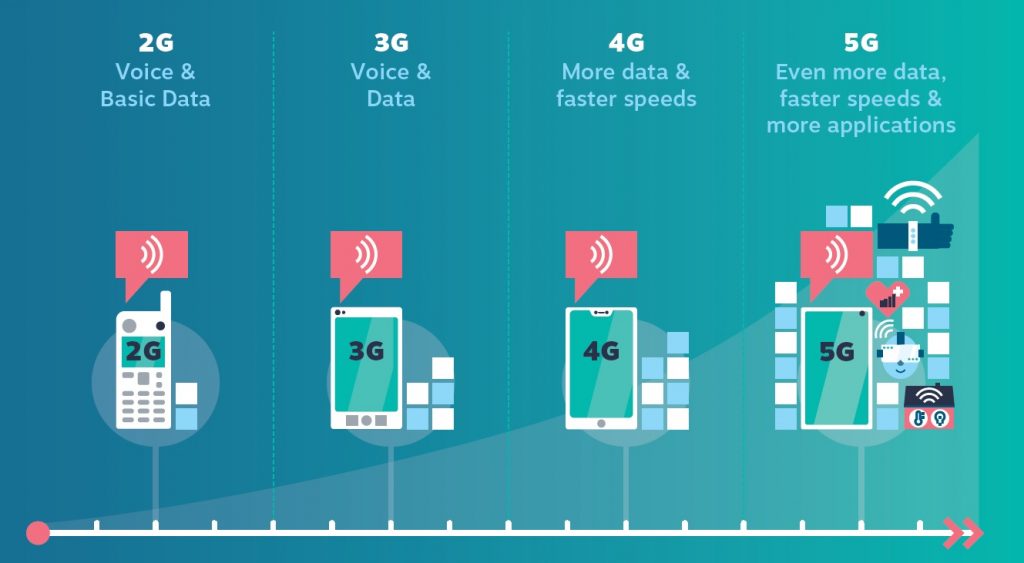 About 5g Commission For Communications Regulation
About 5g Commission For Communications Regulation
 Radio Spectrum In The 5g Wireless World Insightaas
Radio Spectrum In The 5g Wireless World Insightaas
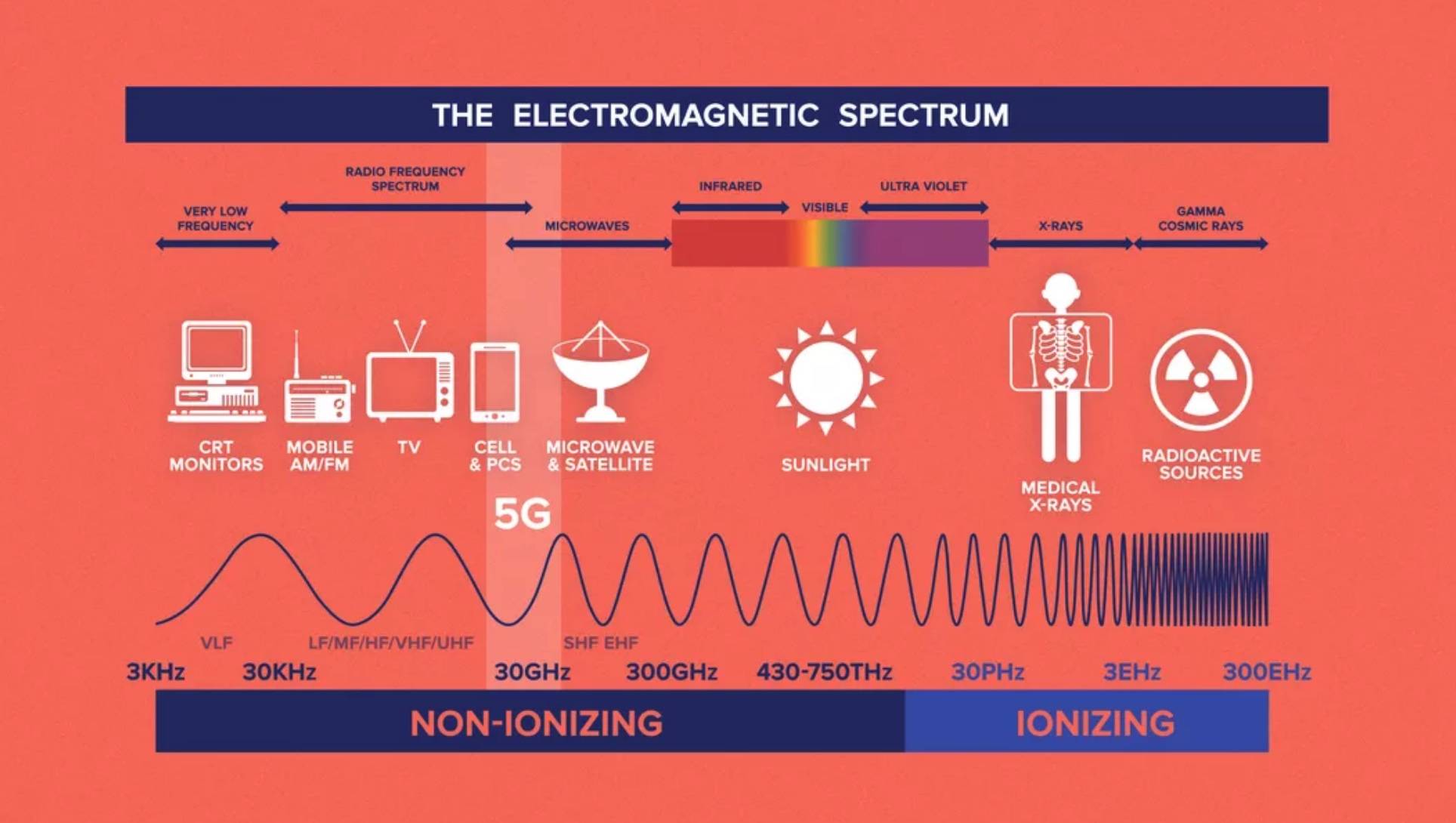 Part I The Hype About 5g Islands Sounder
Part I The Hype About 5g Islands Sounder
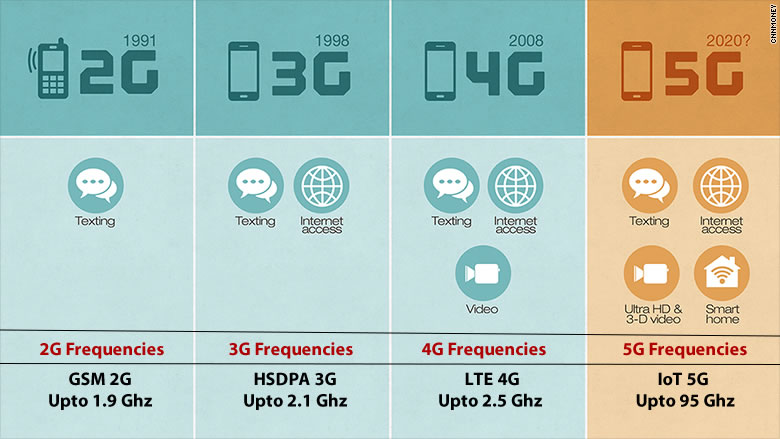 5g Network Uses Nearly Same Frequency As Weaponized Crowd Control Systems Rf Safe Emr Emf Safety Rf Mw Uva Uvb Uvc And Far Uvc
5g Network Uses Nearly Same Frequency As Weaponized Crowd Control Systems Rf Safe Emr Emf Safety Rf Mw Uva Uvb Uvc And Far Uvc
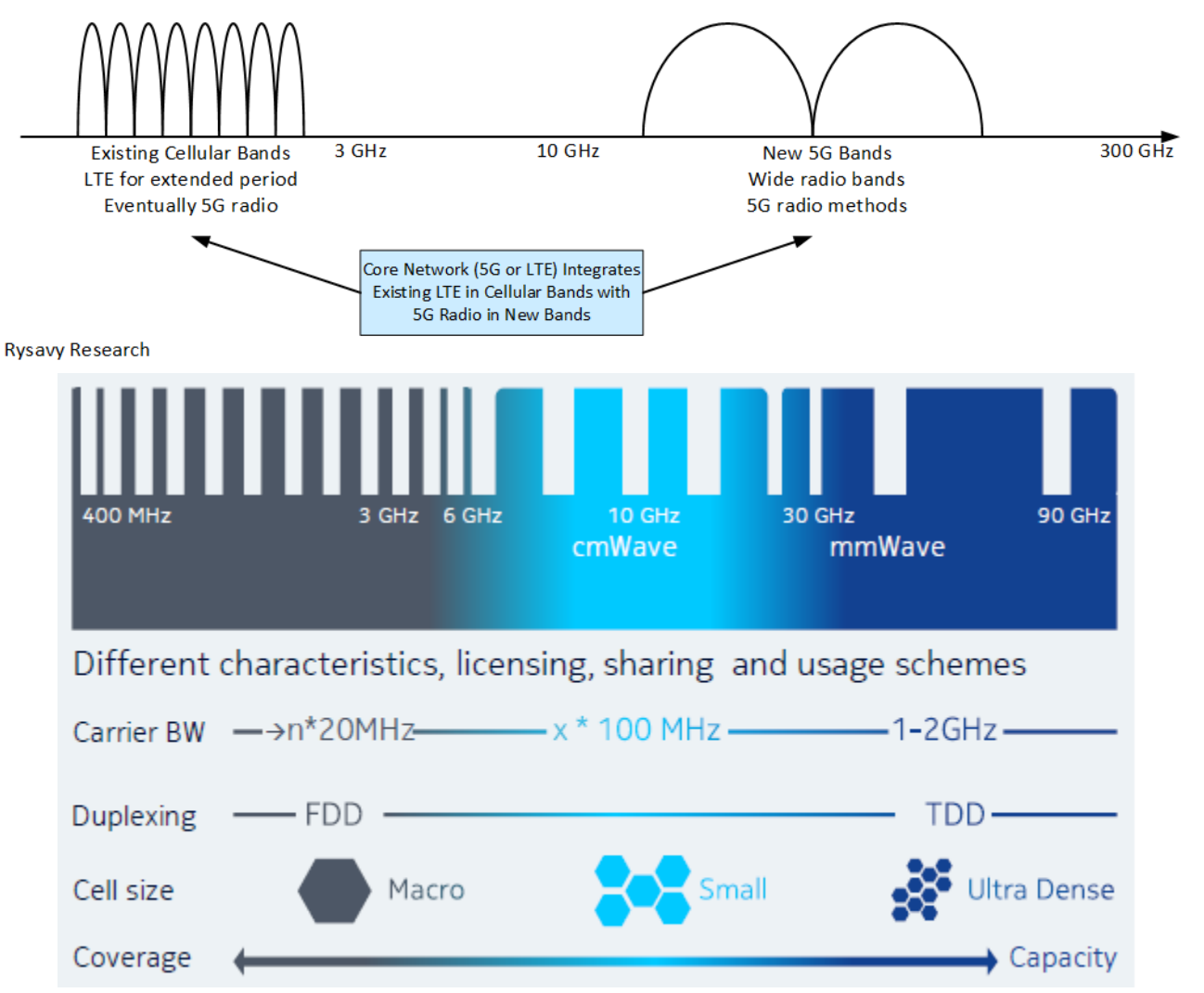 How Is 5g Actually Going To Work Android Authority
How Is 5g Actually Going To Work Android Authority
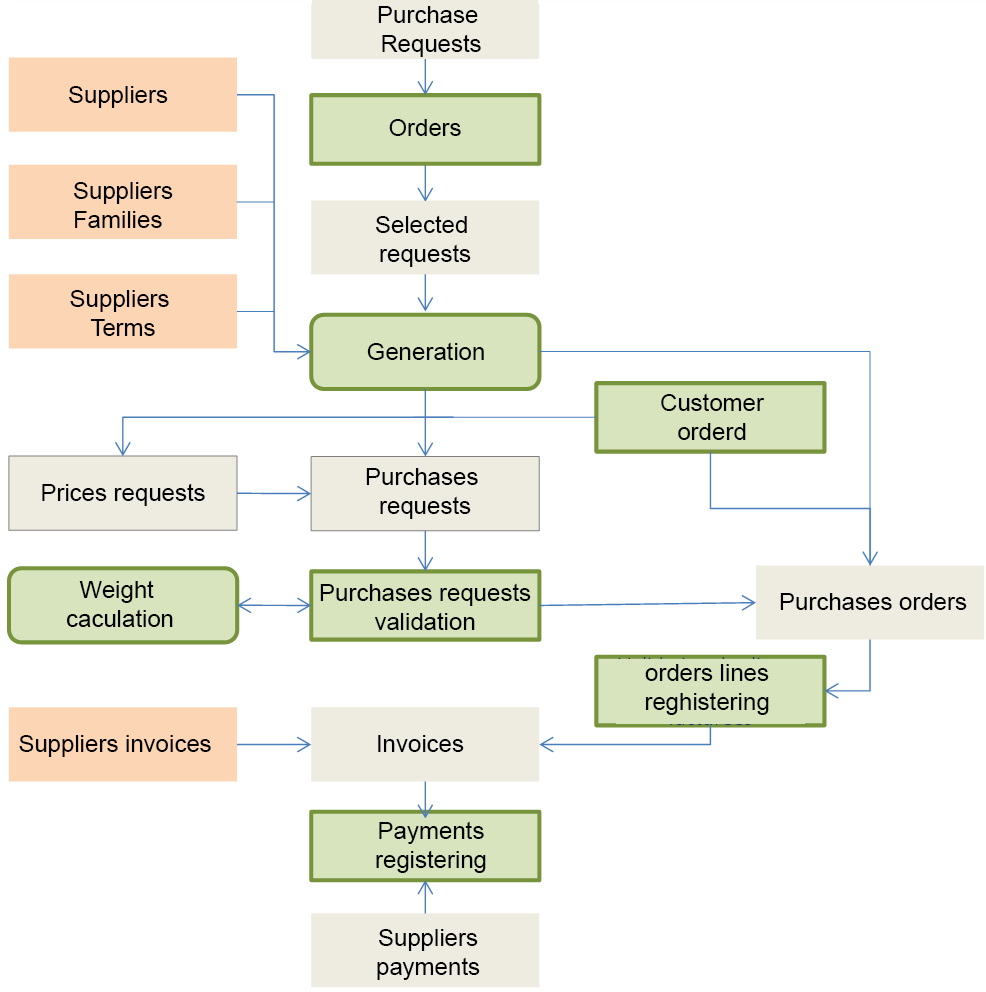
No comments:
Post a Comment
Note: Only a member of this blog may post a comment.